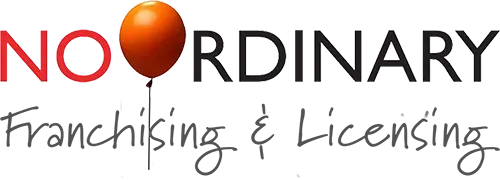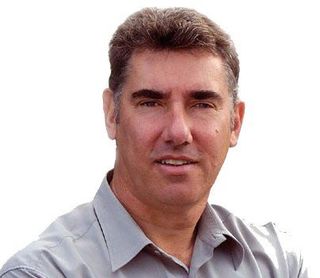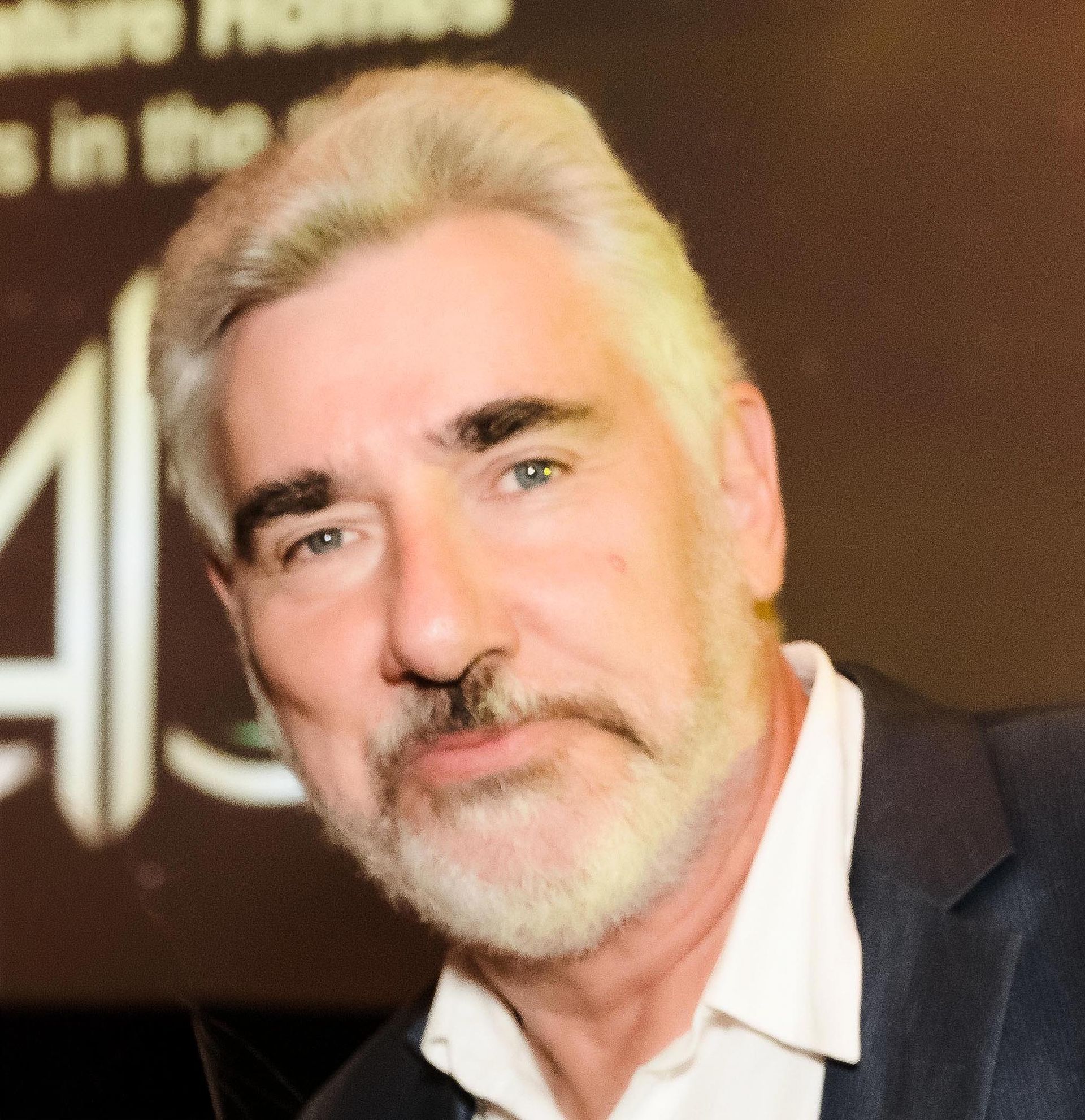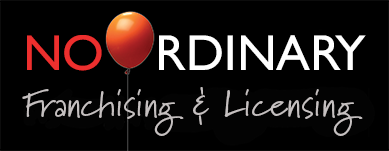“Originally, Subway was just a way to pay my way through college,” says Fred DeLuca, who started Subway in 1965 when he was just 17. “But we did have a goal.” That goal – to open 36 Subways over the next 10 years – has been well and truly blitzed. Subway now has 33,749 restaurants, the first to beat McDonald’s, with 32,737. “To have 1,000 times as many is unbelievable,” says a slightly bemused DeLuca, whose net worth is now $1.8 billion.
In this article, one of a series on the secrets of successful franchises which includes Five Guys Burgers and Fries and New Zealand’s own Hell Pizza, we look at the beginnings of the Subway phenomenon and reveal the ‘backbreaker’ that cost just $550 to sort out, but very nearly stopped Fred DeLuca from getting started in the first place.
In a recent Inc magazine interview, DeLuca revealed how tough it was to set up his first store with just $1,000 borrowed from his friend, Pete Buck.
“I borrowed my dad's car on Monday and drove around a little bit and found a vacant store,” he said. “Pete came over on Saturday, and we rented it, with no lease – you probably couldn't do that today.”
They did the fitout – such as it was – themselves, with no plans and no licence until someone spotted them in the middle of construction and pointed out that you couldn’t build a sandwich store without some approvals.
“I walked to the town hall and said, ‘I have to get some kind of licence for the store I'm gonna open.’ The lady behind the counter said, ‘We need some kind of plans for your store.’ I said, ‘Well, I don't have any plans.’ She said, ‘If you could draw something out, that would be great.’ So I drew a sketch, gave it to her, she stamped it, and that was it.”
One of the City’s food operator licence requirements was what DeLuca describes as ‘almost a backbreaker’: “We learned that we had to install a special sink that cost $550, so Pete had to give me a second thousand dollars.”
They acquired the necessary equipment cheaply by putting ads in the newspaper “saying something like, ‘Student needs refrigerator’” and eventually opened for business, but on the opening day, DeLuca had to sit an English exam.
“I make the first sandwich to show my buddy how to make a sandwich, then I go to take the test. I come back, and there's a line of customers out the door. And Pete is walking across the parking lot holding this paper bag. He said, ‘I had to go buy some knives.’”
With little or no working capital, DeLuca had to rely on cashflow and the credit and goodwill of his suppliers to keep the business going.
“You'd sell the sandwiches for cash today, and you'd pay the employees and the food bill tomorrow,” he says. “Every Friday, my mother and I would pay a visit to the people who sold us meat, vegetables, bread, and paper. It was a little social call ... They knew we were always there to pay the bills, even though we never paid as much as we bought and balances always built up. If we didn't drive around to deliver cheques, which is a totally inefficient thing to do, I am positive that we would not have built the kind of relationship that allowed them to be as comfortable with us.”
The inspiration for the sandwich business came from a small chain called Mike’s. The owner of Mike’s had started with nothing but, after ten years, owned 32 stores. We have no idea what has become of Mike’s since 1965, but the idea behind Subway was truly inspired, not only because it costs less to set up a Subway store than a McDonald’s and Subway’s smaller footprint and simpler equipment requirements have enabled it to open in non-traditional locations such as petrol stations, showrooms, supermarkets and even churches, but also because the perception that made-to-order subs are intrinsically healthier than hamburgers has enabled Subway to ride the healthy food movement, an area where McDonald’s has been playing catch-up in recent years.
However, rivalry between the two franchises is something DeLuca plays down. He accepts that “We've been big beneficiaries of McDonald’s. I would say if McDonald's never existed, we would have had fewer stores than we have. They've gone to so many places and gotten people into the habit of going out to eat on a regular basis and that opens the door for us to grow.”
According to Franchise New Zealand magazine, there are now 229 Subway outlets in New Zealand compared to McDonald’s 150.
In this article, one of a series on the secrets of successful franchises which includes Five Guys Burgers and Fries and New Zealand’s own Hell Pizza, we look at the beginnings of the Subway phenomenon and reveal the ‘backbreaker’ that cost just $550 to sort out, but very nearly stopped Fred DeLuca from getting started in the first place.
In a recent Inc magazine interview, DeLuca revealed how tough it was to set up his first store with just $1,000 borrowed from his friend, Pete Buck.
“I borrowed my dad's car on Monday and drove around a little bit and found a vacant store,” he said. “Pete came over on Saturday, and we rented it, with no lease – you probably couldn't do that today.”
They did the fitout – such as it was – themselves, with no plans and no licence until someone spotted them in the middle of construction and pointed out that you couldn’t build a sandwich store without some approvals.
“I walked to the town hall and said, ‘I have to get some kind of licence for the store I'm gonna open.’ The lady behind the counter said, ‘We need some kind of plans for your store.’ I said, ‘Well, I don't have any plans.’ She said, ‘If you could draw something out, that would be great.’ So I drew a sketch, gave it to her, she stamped it, and that was it.”
One of the City’s food operator licence requirements was what DeLuca describes as ‘almost a backbreaker’: “We learned that we had to install a special sink that cost $550, so Pete had to give me a second thousand dollars.”
They acquired the necessary equipment cheaply by putting ads in the newspaper “saying something like, ‘Student needs refrigerator’” and eventually opened for business, but on the opening day, DeLuca had to sit an English exam.
“I make the first sandwich to show my buddy how to make a sandwich, then I go to take the test. I come back, and there's a line of customers out the door. And Pete is walking across the parking lot holding this paper bag. He said, ‘I had to go buy some knives.’”
With little or no working capital, DeLuca had to rely on cashflow and the credit and goodwill of his suppliers to keep the business going.
“You'd sell the sandwiches for cash today, and you'd pay the employees and the food bill tomorrow,” he says. “Every Friday, my mother and I would pay a visit to the people who sold us meat, vegetables, bread, and paper. It was a little social call ... They knew we were always there to pay the bills, even though we never paid as much as we bought and balances always built up. If we didn't drive around to deliver cheques, which is a totally inefficient thing to do, I am positive that we would not have built the kind of relationship that allowed them to be as comfortable with us.”
The inspiration for the sandwich business came from a small chain called Mike’s. The owner of Mike’s had started with nothing but, after ten years, owned 32 stores. We have no idea what has become of Mike’s since 1965, but the idea behind Subway was truly inspired, not only because it costs less to set up a Subway store than a McDonald’s and Subway’s smaller footprint and simpler equipment requirements have enabled it to open in non-traditional locations such as petrol stations, showrooms, supermarkets and even churches, but also because the perception that made-to-order subs are intrinsically healthier than hamburgers has enabled Subway to ride the healthy food movement, an area where McDonald’s has been playing catch-up in recent years.
However, rivalry between the two franchises is something DeLuca plays down. He accepts that “We've been big beneficiaries of McDonald’s. I would say if McDonald's never existed, we would have had fewer stores than we have. They've gone to so many places and gotten people into the habit of going out to eat on a regular basis and that opens the door for us to grow.”
According to Franchise New Zealand magazine, there are now 229 Subway outlets in New Zealand compared to McDonald’s 150.
I'm Robin La Pere of No Ordinary Business and Franchise Consultants.
Sadly, Subway founder Fred DeLuca has passed away since this article was written, but his story and the success of the Subway franchise throughout the world remains an inspiration to all of us in the franchising industry.
I maintain that to provide franchisors with real help in growing their franchises, it pays to work with a consultant who has real hands-on experience in franchising and a deep understanding of what motivates franchisees.
I am based in Auckland, New Zealand, but work with clients all over the world. To arrange for a free Initial Consultation, no matter where you're based, contact me at robin@noordinary.co.nz or use the Contact Form.
Relevant Articles
Subscribe to my newsletter
"Robin writes an e-letter which anyone interested in franchising should subscribe to - whether they agree with him or not!"
Dr Ken Billot, Franchise PhD
Dr Ken Billot, Franchise PhD
Every two weeks, I write an email newsletter designed for those in franchising and those considering getting into franchising. Topics include those you see in the articles listed above and are intended to be stimulating, helpful and challenging. These articles have helped me gain more than 100,000 followers on Twitter and worldwide connections on LinkedIn, but you can read them first by subscribing to the newsletter.
Subscribe by entering your email address here:



